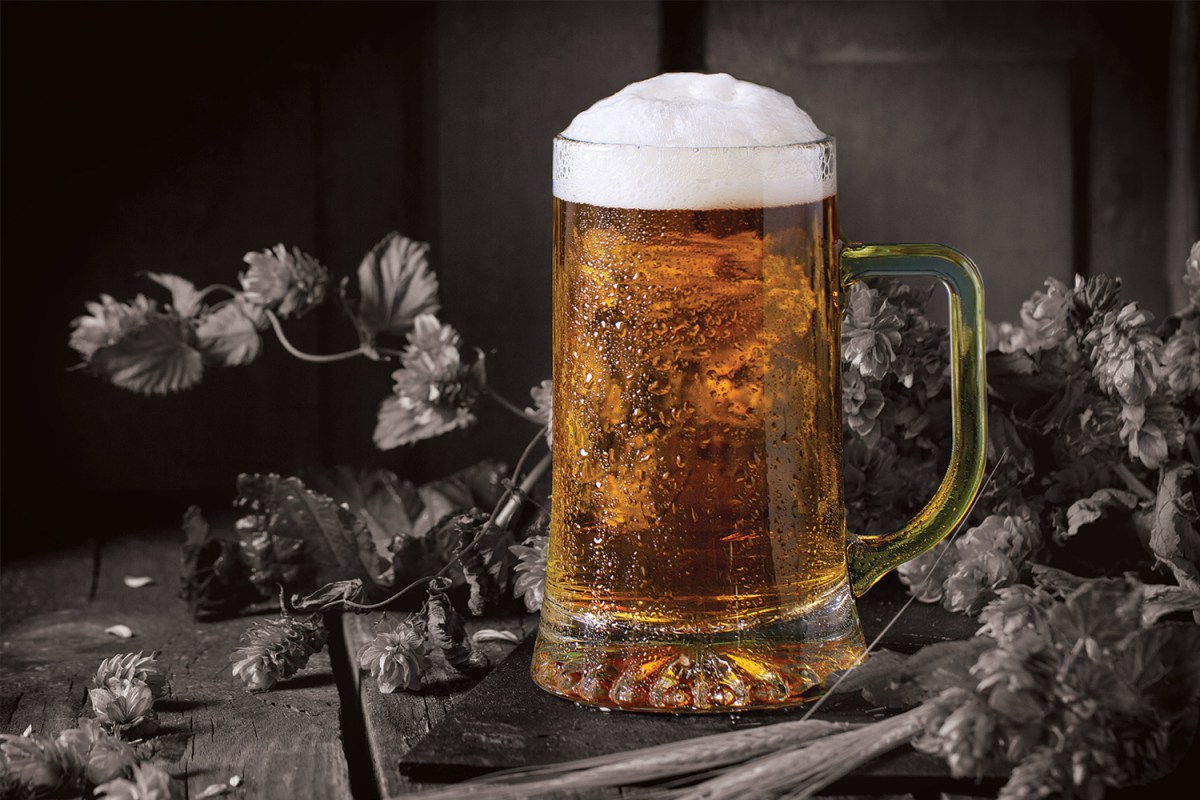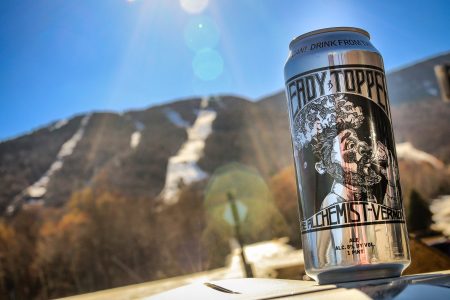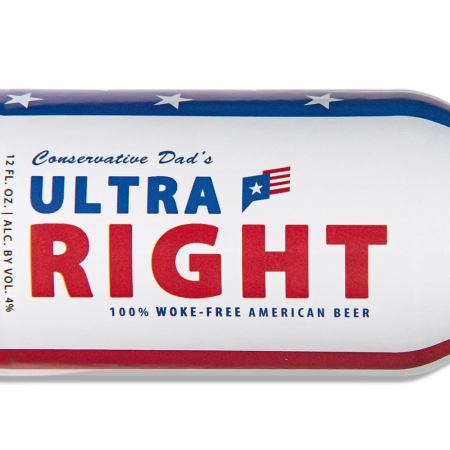One of beer’s most anticipated times of the year is upon us: fresh hop beer season. Think less fall’s pumpkin beer season or winter’s dessert stout season in all their marketing-friendly adjuncts, more heirloom tomato season or peach season in all their fleeting, natural perfection. Fresh hop beer season is a celebration of hyper-local sourcing, farm-fresh flavors and ephemerality. Hops are picked and go into brewers’ hands within hours, then those hops go into a brew within hours of that. It’s a delicate dance hinging on impeccable timing that delivers intensely flavorful beers, themselves celebrations of regional hop profiles. In other words, fresh hop beer season is pretty special, and people get pretty excited about it.
“It’s the one time of year where people buy more beer every time they sit down at the bar,” says Ben Edmunds, brewmaster at Breakside Brewery in Portland, Oregon. “It’s a major moment in beer culture every year in the Northwest.” In fact, fellow Portland brewery Ruse Brewing winds down brewing all of its other beers to focus solely on fresh hop beer for this season. “A lot of bars, restaurants and especially taproom regulars don’t want a regular IPA if there’s a fresh hop IPA available,” says co-owner Devin Benware.
Hops’ harvest season runs from August to September. The brewers who are lucky enough to get to the farms in person and have breweries within a few hours’ drive rush just-picked hops back to their brewhouses — when we spoke, Benware was shuttling his hops back to Ruse from St. Paul, Oregon’s Coleman Agriculture, who supplies some of the region’s best breweries. (And yes, he says, his truck smelled amazing.) The majority of American hops are grown in the Northwest, namely the Yakima Valley in Washington and the Willamette Valley in Oregon, so fresh hop season is at its liveliest and most prevalent there, rich with beer options and fresh hop festivals. Hops also get flash-frozen and shipped to breweries around the country, and plenty of these breweries distribute across state lines, so you don’t have to be in the Northwest to drink these beers. (Although, most beer experts and enthusiasts recommend you travel there for the experience at least once.) By the time the beers getting these fresh hops are brewed, conditioned and kegged or canned, you can expect to see them on tap and on shelves from about late August until late October, and if you pay close attention, you can see which hops harvest when: it was mid-August when Ruse was about to brew with just-picked Centennial hops; Strata would follow; Mosaic usually comes last.
One possible point of confusion is what “fresh hop beer” means versus “wet hop beer,” as you could see both on labels this time of year. “To me, it’s pretty simple,” says Stan Hieronymus, beer writer and author of For the Love of Hops, among others. “I say, ‘kilned and unkilned.’” Hops are kilned after they’re picked, spread out to be dried by fans pushing up hot air from below. This keeps them from rotting, which wet hops will do if not used almost immediately. It also makes it possible to bale these hops up and distribute them to brewers, where Coleman Agriculture president Ben Coleman says they can last up to a year or two, maybe even three if they’re pelletized. Kilning inevitably drives off a portion of hops’ volatile aromas, making wet hops an attractive option for maximum flavor potential — but this further intensifies the brew’s time sensitivity and also means brewers must account for the hops’ water content. Of course, some aroma notes might be best heated off a bit, like more vegetal ones. If you see a beer labeled “wet hop,” it was brewed with unkilned hops, while “fresh hop” could refer to either.
Part of fresh hop beer’s magic is the point of pickup. Freshness is the priority, so brewers must remain flexible with their hop varietals. While you might see more fresh hop IPAs on shelves than any other styles, really any style is fair game, and fresh-hopped saisons and lagers are popular. Both Benware and Edmunds say their breweries develop their plans ahead of the harvest in terms of which styles they want to brew and what varietals might go best with each, but at the end of the day, more overarching decisions are the only ones you can stick to, like whether you want to use kilned or unkilned, or Breakside’s decision to only use Oregon-grown hops.
What Does the Future Hold for the IPA in Vermont?
More than a decade since Heady Topper launched a global DIPA wave, Vermont brewers wrestle with the success — and identity“You can’t say on Aug. 3, ‘I want to make a beer with Chinook, so when is that Chinook going to be ready?’” says Hieronymus. “You think it’s going to be ready in three weeks, but it’s actually going to be ready in two weeks, three days.” It’s more important to have your brew timed for these hops to go in immediately rather than trying to hold out for one specific hop. Coleman, who adds that they do not raise any fields just for fresh hops and their harvest is just as determined by Mother Nature as any other, says brewers will tell them their ideal hops, and Coleman Agriculture will provide some possible dates. “We try to work to work with them ahead of time, but it’s an agricultural crop,” he says. “It can’t hold too long after being picked.” If the day comes and the hop’s not ready, a brewer might have to go with what is.
Farms often pick overnight and package before dawn, either handing them over to brewers ahead of their brew days or loading them onto a plane to send them further. For Denver’s FlyteCo Brewing, even that air travel is handled in-house. Two of the brewery’s three cofounders, Eric Serani and Jason Slingby, are general aviation pilots, says third cofounder Morgan O’Sullivan. They opened in 2019 about six months ahead of the hop harvest, and almost immediately realized the exciting potential of combining their passions, flying their own plane to get their own fresh hops. It’s become a tradition, with local friends and aviation community members joining in. “It costs us more in fuel than it does to buy the hops, so there’s no practicality to the event whatsoever and that’s kind of one of the reasons it’s fun,” O’Sullivan says. “We do it because we’re passionate about it.”
O’Sullivan says once they’ve got the hops, they call the brewery to signal the start of the brew day. “They get the kettles fired up and get the whole process started…By the time we land and drive back to the brewery, the wort has been mashed and transferred and is about ready to boil…We’re walking through the door with the big bags of fresh hops, and dumping them straight into the kettle,” he says. It’s an example of breweries’ fine-tuned processes orchestrated to use these hops at their absolute best. While timing like this is necessary across the board, other brewing decisions may vary. At Breakside, Edmunds says fresh hops factor in on the dry-hopping stage of the brew.
“We take otherwise completely finished beers and infuse them with fresh hops at the last stage as opposed to what a lot of people do, which is use fresh hops on the hot side,” he explains. Hops added to the beer’s boil provide bitterness, but a lot of their aromas tend to boil off, save for hops added toward the end of this stage. Dry-hopping post-fermentation, meanwhile, contributes big aromas not driven off by heat. So, as with any hops any time of year, it depends on what a brewer is looking to get out of their fresh hops. “I tend to believe hop flavor that comes through the most is that of the hops going in the closest to when the beer is packaged,” Edmunds says. “I really think it shines that way. The purpose of these beers is really to honor the hops of this harvest.”
A perfect demonstration of two breweries taking two different approaches and still ending up with delicious beers locals clamor for, Ruse only uses fresh hops on the hot side. “We’ve tried a couple [times] doing fresh hops on the cold side,” says Benware. “They come off kind of vegetal and you don’t get the varietal’s real character.” That’s with wet hops, and Benware adds that experimenting with freshly kilned hops for the dry-hop is a future possibility. Each brewery will have their own tailored method for getting the best results from their fresh hops.
In addition to the culture surrounding this time of year in the Northwest where you can not only find fresh hop beers pouring in most taprooms and many bars and restaurants but can also attend events like The Fresh Hop Ale Festival in Yakima, Washington, there are time-honored traditions to behold and new trends to look forward to. For many beer lovers, Sierra Nevada’s Celebration Ale is synonymous with “fresh hop beer season.” This IPA really started it all for fresh hop beers and beyond, and because it’s got the wide distribution power of a major brewery like Sierra Nevada behind it, it might be the one fresh hop beer that makes it into the hands of many imbibers. Celebration packs a punch of nostalgia, while remaining a fresh expression of the season’s hops each year.
“Sierra Nevada was founded on a love of hops,” says the brewery’s communications manager Ashlee Mooneyhan. “[Sierra Nevada founder] Ken Grossman often talks about how he was initially drawn to the unique piney, resinous flavors and aromas of American hops like Cascade, Centennial and Chinook. Hops are generally more complex and intense when they are experienced fresh,” she explains of the Grossman’s motivation to first brew the beer in 1981.
“More than shape the history of fresh hop beers, [Celebration] shaped the broader American-style IPA category,” adds Sierra Nevada product manager and spokesperson Terence Sullivan. “When it was first released in 1981, and even into the 1990s, there weren’t many examples of IPA on the market. So, for this pioneer of an IPA to also be a fresh hop IPA is quite unique.” Celebration’s process is what Sullivan calls “labor-intensive.” The team uses 100% whole-cone hops, and dry-hops with traditional hop bags, “something like giant tea bags.” Its hops are harvested in the first weeks of September, so the beer rolls out from mid-October until the end of December.
While Sierra Nevada keeps fresh-hop tradition alive on the West Coast, Brooklyn’s Threes Brewing is an example of fresh hop beer expanding far beyond the typical hop-growing regions of the US. 2023 marks the third annual brewing and release of their hoppy ale, Origin Story, fueling the brewery’s participation in helping the growth of New York state’s hop farms. “The fresh hop ale proposition merits — necessitates — the use of locally cultivated hops,” says Threes head brewer Ben Petersen. “New York used to be a huge hop-producing state, but a serious blight wiped out the region in the early 1900s, and the Northeast has since been slow to recover,” he explains, adding that hurdles have included the cost of infrastructure needed to package hops for consistency and quality. He calls The New York Hop Guild an “incredibly helpful resource.” The organization works as an intermediary between upstate New York farms and breweries and helped connect Threes with Weathertop Farm for a supply of fresh Cascade hops.
This short window of time comes only once a year, in which you can experience the flavors and aromas of hops at their freshest, in the form of beers that have a quite a bit of extra planning behind them. In other words, it’s not hard to grasp why this season is special. Petersen compares the difference between dried, possibly pelletized hops and fresh hops to that of dried rose petals and freshly picked petals; O’Sullivan compares it to freeze-dried strawberries versus strawberries plucked right from the garden. If you have access to Northwest-brewed beers, you’re especially in luck, but thanks to the wonders of flash-frozen, air-shipped hops, distribution and new hop-growing regions on the rise, quests for fresh hop beers in any part of the country should prove successful and will definitely prove worthwhile.
Every Thursday, our resident experts see to it that you’re up to date on the latest from the world of drinks. Trend reports, bottle reviews, cocktail recipes and more. Sign up for THE SPILL now.
























